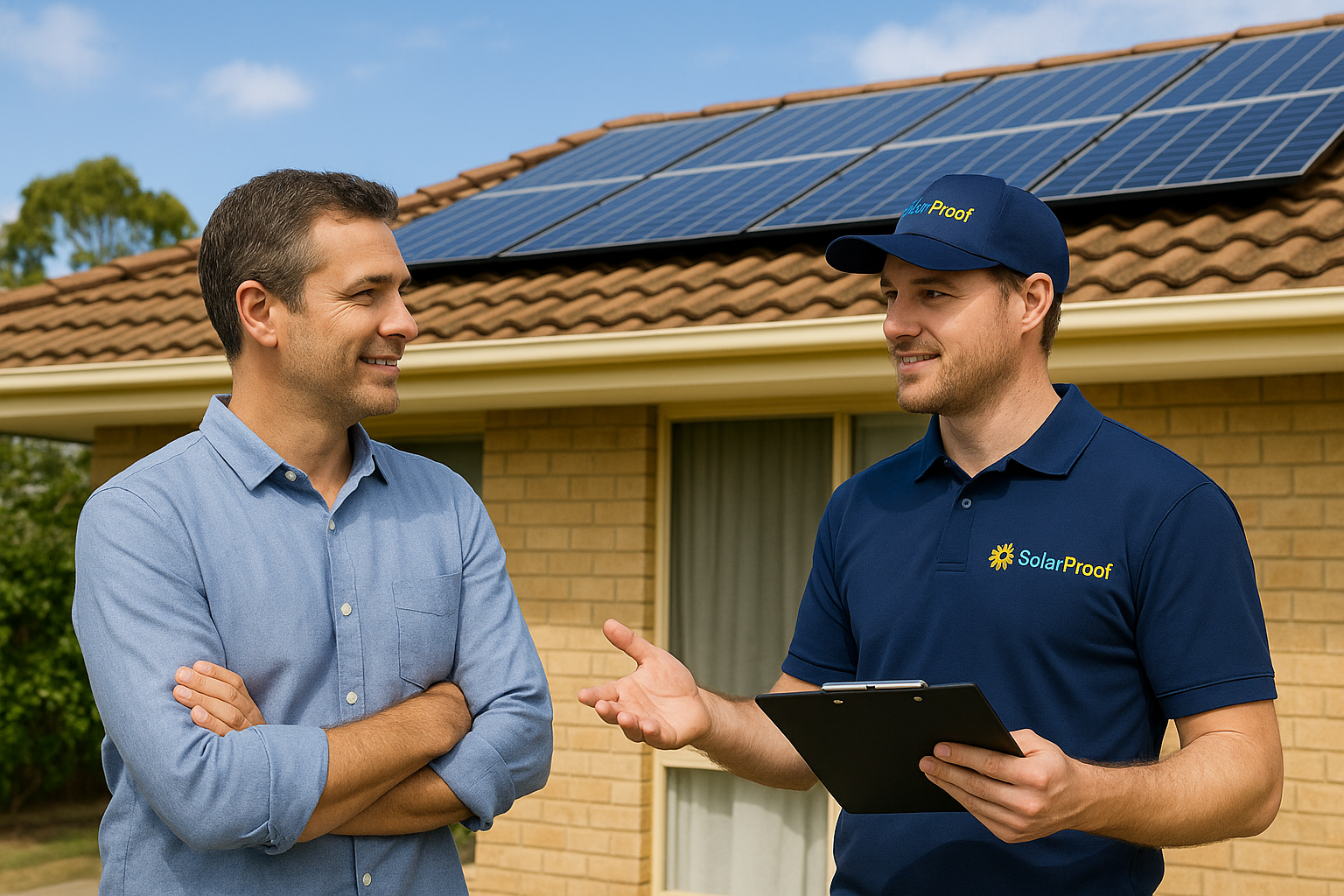Installing solar panels is one of the smartest decisions Australian homeowners can make in 2025. However, the buying process can feel overwhelming, especially with so many brands, rebates, and offers. Therefore, understanding what to look for before signing a contract is essential.
To help you make a confident, well-informed choice, let’s explore the top five mistakes to avoid when buying solar panels — and how you can avoid them while maximising your long-term savings.
1. Focusing Only on the Price
Many first-time solar buyers compare systems based only on price. While affordability is important, it should never be your sole consideration. Cheaper systems often include lower-quality parts, minimal after-sales support, or limited warranties.
Instead, think long-term. A system that costs a little more upfront but includes reputable components will likely perform better and last longer. Furthermore, higher-quality systems are often more efficient, meaning you’ll generate more electricity over time.
Tip: It’s always better to compare several quotes based on total value — including equipment, warranties, and support — rather than price alone.
Compare trusted quotes today: Request Solar Quotes
2. Ignoring Panel and Inverter Quality
Your solar system’s efficiency and lifespan depend heavily on its core components — the panels and inverter. Unfortunately, many homeowners overlook these details.
When comparing options, always check:
- Panel brand and model number (e.g., Trina, Jinko, REC, or Qcells)
- Efficiency rating (the higher, the better)
- Product and performance warranties
- Inverter brand (Fronius, Sungrow, or Enphase are trusted options)
In addition, ensure the inverter is appropriately sized to match your solar array. An undersized or mismatched inverter can waste potential energy. Reliable installers will explain how every component contributes to your home’s energy goals.
Therefore, don’t hesitate to ask questions before making your final choice.
3. Forgetting to Size Your System Properly
Another major mistake is guessing your system size instead of calculating it accurately. A system that’s too small won’t meet your household’s energy needs, while one that’s too large could extend your payback period unnecessarily.
To avoid this, use the official government solar system sizing tool to determine the best fit for your property:
Energy.gov.au – Size Your Solar System
This calculator factors in your roof orientation, household electricity usage, and sunlight hours. Moreover, it allows you to model future energy use, such as adding a battery or charging an electric vehicle.
Once you have your recommended system size, you can confidently compare real installer quotes to match your home’s potential.
Get tailored solar quotes: Request Solar Quotes
4. Choosing Unaccredited or Inexperienced Installers
Even premium solar panels can underperform if installed incorrectly. Therefore, always confirm that your installer is Clean Energy Council (CEC)–accredited. This certification ensures that your installation meets strict Australian safety and performance standards.
Before signing a contract, ask for:
- The installer’s CEC accreditation number
- Proof of insurance and warranty support
- Evidence of previous installations or customer reviews
Additionally, professional installers will provide after-installation support and performance monitoring. If they cannot, that’s a warning sign. Remember, reliable installers care about your results long after the job is complete.
5. Overlooking Warranties and Long-Term Service
Too many homeowners skip reading the fine print in their solar warranties. As a result, they often face unpleasant surprises when an issue arises. Always check:
- Product warranty – Covers manufacturing defects (10–25 years).
- Performance warranty – Guarantees 80–85% output after 25 years.
- Workmanship warranty – Covers installation errors (usually 5–10 years).
Furthermore, ask who manages warranty claims — the installer or the manufacturer. The best companies handle everything directly, ensuring a stress-free process.
Therefore, if an installer seems vague or hesitant about warranty coverage, it’s safer to look elsewhere.
Bonus Tip: Forgetting to Plan for the Future
Solar power is a long-term investment. Consequently, it’s wise to plan for future needs such as battery storage or electric vehicle charging. Choosing a system that’s expandable will make future upgrades simple and affordable.
If you’re curious about current battery prices and rebates, read this helpful guide:
Cheaper Home Batteries in 2025: How Australia Is Powering the Future
Final Takeaway
Buying solar panels doesn’t have to be stressful. By avoiding these common mistakes, you’ll ensure that your system performs efficiently, lasts longer, and pays itself off faster.
To recap:
✅ Use the government tool to size your system accurately → Energy.gov.au – Size Your Solar System
✅ Compare quotes from certified experts → Request Solar Quotes
When you use both tools together, you’ll make an informed decision backed by reliable data and trusted professionals. As a result, you’ll enjoy lower bills, greater energy independence, and a smarter, more sustainable home.

